- Benefits of Autumn Fertilisation
- Importance of Nutrient-rich Soil
- The Role of Nutrients
- The Benefits of Nutrient-rich Soil
- Testing and Improving Soil Fertility
- Conclusion
- Choosing the Right Fertiliser
- 1. Nutrient Content
- 2. Organic vs. Synthetic
- 3. Slow-Release Fertilisers
- 4. pH Considerations
- 5. Application Method
- When to Apply Fertiliser
- Early Spring
- Once Flowering Begins
- After Harvest
- Avoid Late Autumn Fertilisation
- Proper Application Techniques
- 1. Timing
- 2. Measurement
- 3. Spread evenly
- 4. Watering
- 5. Mulching
- 6. Repeat applications
- Precautions and Safety Measures
- Monitoring and Adjusting Fertiliser Application
- 1. Visual Inspection
- 2. Soil Testing
- 3. Adjusting Fertiliser Application
- 4. Timing
- 5. Watering
- 6. Keep Records
- Maximising Harvest with Autumn Fertilisation
- Question-answer:
- When is the best time to fertilize currants in autumn?
- What type of fertilizer should I use for currants?
- How much fertilizer should I apply to currants?
- Why is autumn fertilization important for currants?
- Can I use organic fertilizers for my currants?
- What are the signs of nutrient deficiency in currant plants?
- Is it necessary to fertilize currants every year?
- Video: DON’T WASTE YOUR TIME, 5 Crops I would NEVER Grow Again in my Garden
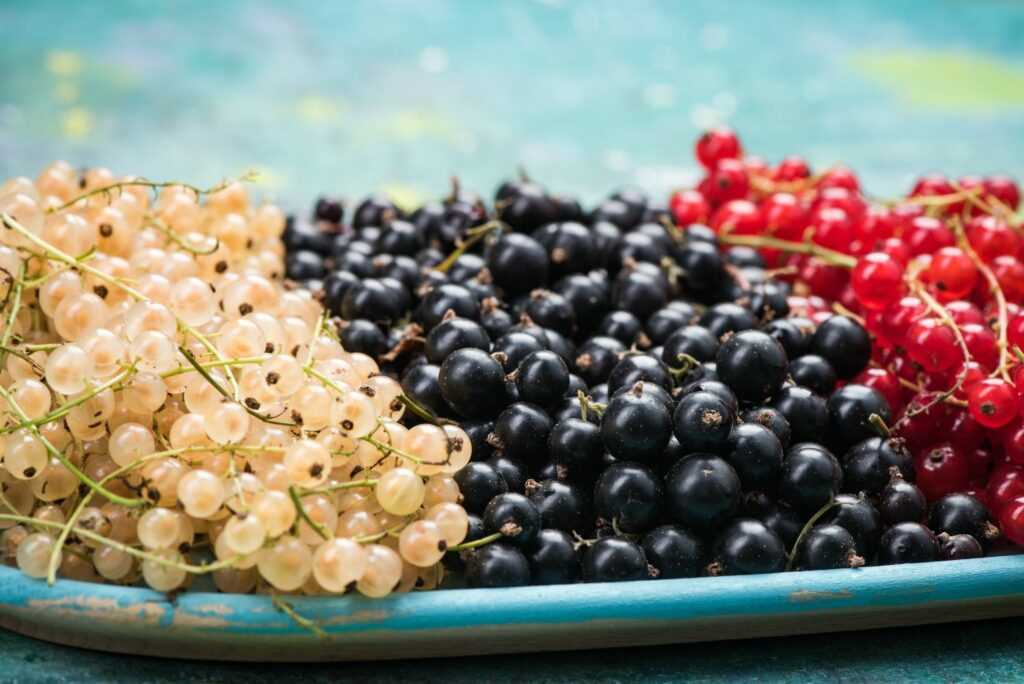
As the autumn leaves fall and the temperature drops, it’s time to start thinking about fertilising your currant plants. Autumn fertilisation is a crucial step in preparing your plants for the winter months and ensuring a bountiful harvest next year. With the right nutrients and care, you can boost the health and productivity of your currant plants.
Why is autumn fertilisation important?
During the autumn months, your currant plants are entering a period of dormancy. This is when the plants store energy and nutrients to survive the winter and prepare for new growth in the spring. Fertilising your currant plants in autumn helps them build up the necessary reserves to support healthy growth and fruit production in the coming year.
Choosing the right fertilisers:
When it comes to choosing fertilisers for your currant plants, it’s important to consider their specific nutrient requirements. Currants are heavy feeders and require a balanced fertiliser with nitrogen, phosphorus, and potassium (NPK). Look for a fertiliser with a higher potassium content to promote fruit development and resistance to cold weather.
Application tips:
Before applying fertiliser, remove any weeds or debris from around the plants to ensure maximum nutrient absorption. Spread the fertiliser evenly around the base of each plant, avoiding direct contact with the stems. Be sure to water the plants thoroughly after applying the fertiliser to help it penetrate the soil and reach the plant roots.
Tip: Test the soil pH before fertilising. Currants prefer slightly acidic soil with a pH ranging from 6.0 to 6.5. If the pH is too low or too high, consider adjusting it with the appropriate soil amendments.
Timing is key:
The best time to fertilise your currant plants is in late autumn, just before the first frost. This gives the plants enough time to absorb and utilise the nutrients before they go dormant. Avoid fertilising too late in the season, as this can stimulate new growth that may be susceptible to cold damage.
Final thoughts:
Autumn fertilisation of currants is a vital step in ensuring a successful harvest next year. By providing your plants with the right nutrients and care, you can promote healthy growth, increase fruit production, and enhance the overall health of your currant plants. So don’t wait, get out there and give your currant plants the boost they need for a thriving harvest!
Benefits of Autumn Fertilisation
- Increased nutrient availability: Autumn fertilisation provides essential nutrients that are readily available for the currant plants. This helps to support their growth and development during the dormant period.
- Root development: Fertilising in autumn promotes the growth of strong and healthy root systems. This is important for the plant’s overall health and ability to absorb water and nutrients efficiently.
- Improved winter hardiness: When currant plants receive adequate nutrients in autumn, they are better equipped to withstand the harsh winter conditions. This can result in increased winter survival rates and healthier plants in the following season.
- Enhanced fruit production: Autumn fertilisation can lead to increased fruit yields in the next growing season. The nutrients provided during this time help to stimulate flower and fruit bud development, leading to a higher quantity and quality of berries.
- Better disease resistance: Healthy, well-nourished plants are more resistant to diseases and pests. By fertilising in autumn, you can help strengthen the currant plants’ immune systems and reduce the risk of damage from common diseases and pests.
Overall, autumn fertilisation plays a vital role in the success of currant plantings. It ensures that the plants have the necessary nutrients and support for their growth, development, and winter survival. By following proper fertilisation practices, you can boost your harvest and enjoy a bountiful crop of currants in the coming season.
Importance of Nutrient-rich Soil
Having nutrient-rich soil is crucial for the healthy growth and productivity of currant plants. Nutrients are essential for the plants to carry out their biological processes, including photosynthesis, reproduction, and the production of fruits.
The Role of Nutrients
Nutrients can be divided into two main categories: macronutrients and micronutrients. Macronutrients are required in larger quantities, while micronutrients are needed in smaller amounts. Each nutrient plays a unique role in the growth and development of plants.
- Nitrogen (N): Nitrogen is a key component of amino acids, proteins, and chlorophyll. It promotes leaf and stem growth and enhances the overall vigor of the plant.
- Phosphorus (P): Phosphorus is involved in energy transfer and storage. It plays a vital role in root development, flowering, and fruiting.
- Potassium (K): Potassium regulates water balance, enhances disease resistance, and improves the quality and taste of fruits.
- Calcium (Ca): Calcium is essential for cell wall formation, proper root development, and the prevention of diseases.
- Magnesium (Mg): Magnesium is a component of chlorophyll and is vital for photosynthesis.
The Benefits of Nutrient-rich Soil
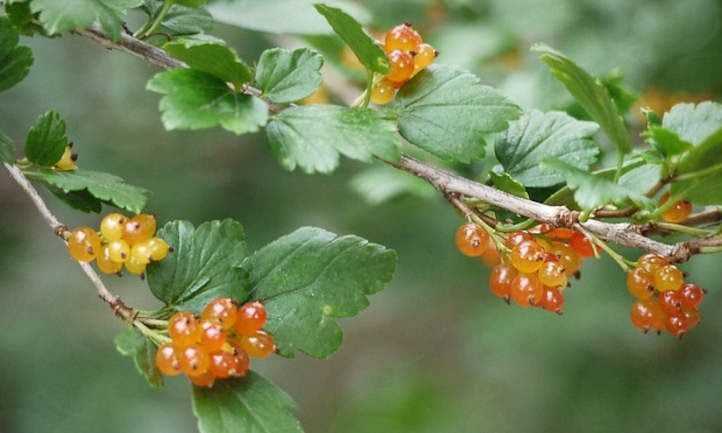

Adequate supply of nutrients ensures that the currant plants have the necessary resources to grow vigorously and produce a bountiful harvest. Here are the benefits of nutrient-rich soil:
- Improved Plant Growth: Nutrients fuel plant growth, resulting in healthy and robust currant plants. They help plants to develop strong roots, stems, and leaves.
- Enhanced Disease Resistance: Nutrient deficiencies can weaken plants and make them susceptible to diseases and pests. By providing plants with all the necessary nutrients, they become more resistant to diseases and can fight off infections more effectively.
- Increase in Fruit Yield and Quality: Nutrients directly impact the quantity and quality of the fruits produced by currant plants. A lack of nutrients can lead to poor fruit set, smaller fruits, or fruits that are lacking in flavor and nutritional content.
- Better Nutritional Value: Nutrient-rich soil ensures that the currant fruits are packed with essential vitamins, minerals, and antioxidants, providing a healthy food source.
- Environmental Sustainability: Nutrient-rich soil promotes a balanced ecosystem and reduces the need for chemical fertilizers. It contributes to sustainable farming practices and helps preserve the environment.
Testing and Improving Soil Fertility
Regular soil testing is essential to assess the nutrient levels and pH of the soil. Based on the test results, appropriate fertilizers can be applied to correct any nutrient deficiencies. Organic matter, such as compost or well-rotted manure, can also be added to improve soil fertility over time.
Conclusion
Having nutrient-rich soil is crucial for the optimal growth and productivity of currant plants. The right balance of macronutrients and micronutrients ensures healthy growth, disease resistance, high fruit yield, and better nutritional value. By maintaining nutrient-rich soil, gardeners can enjoy a bountiful harvest of flavorful and nutritious currants.
Choosing the Right Fertiliser
When it comes to fertilising your currant plants in autumn, choosing the right fertiliser is crucial to ensure healthy growth and a bountiful harvest. Here are some factors to consider when selecting the best fertiliser for your currants:
1. Nutrient Content
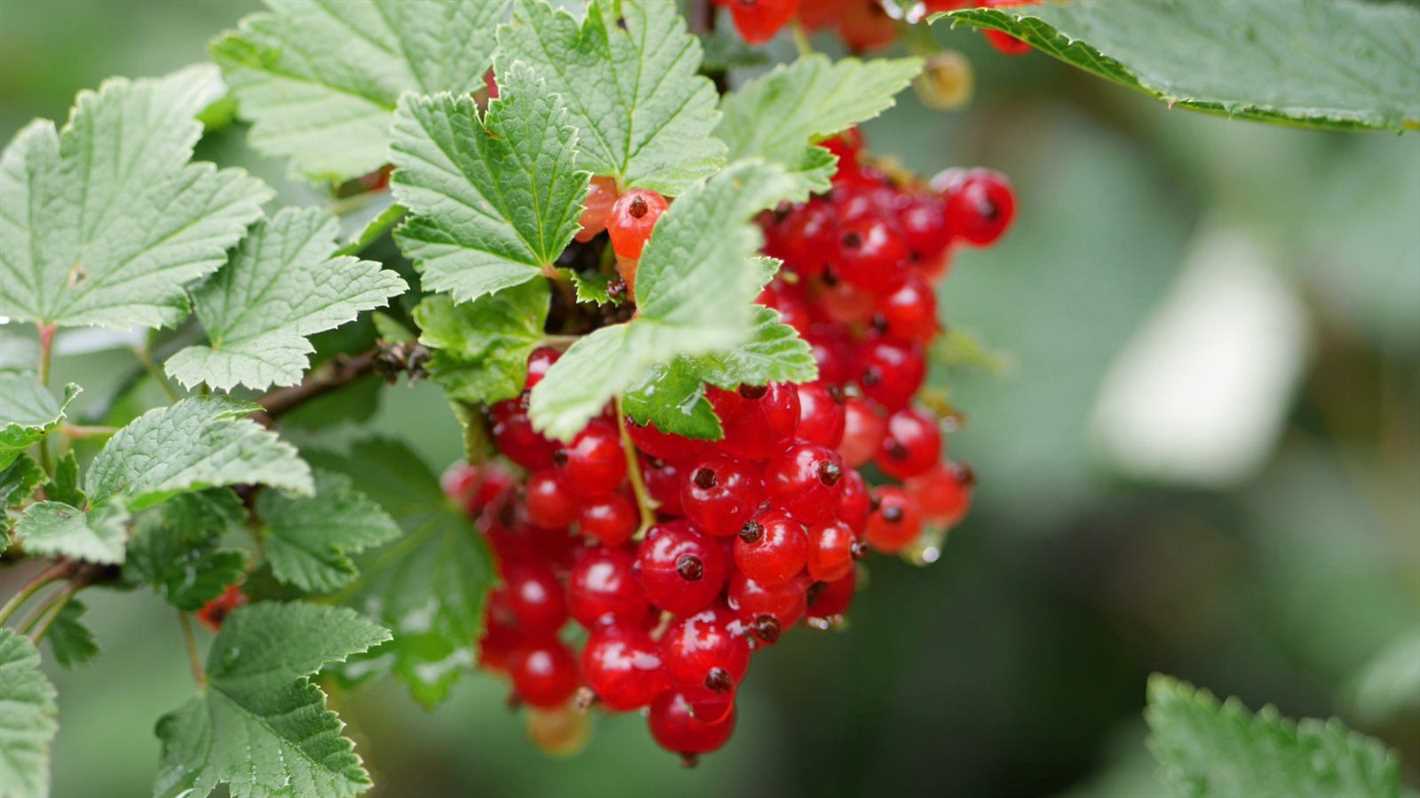

Before choosing a fertiliser, it’s essential to understand the specific nutrient requirements of currant plants. Currants thrive in nitrogen-rich soil. Therefore, a fertiliser with a high nitrogen content, such as one with a 10-10-10 ratio of nitrogen (N), phosphorus (P), and potassium (K), is ideal for promoting vigorous growth.
2. Organic vs. Synthetic
When it comes to fertilisers, you have the option of choosing between organic and synthetic varieties. Organic fertilisers, such as compost or well-rotted manure, are derived from natural sources and contain a range of minerals and nutrients. They slowly release nutrients into the soil, providing a steady supply of nourishment to the plants. On the other hand, synthetic fertilisers are chemically formulated and provide a quick-release of nutrients. Consider your preference and the specific needs of your plants when deciding between the two.
3. Slow-Release Fertilisers
Slow-release fertilisers are an excellent choice for autumn fertilisation. These fertilisers are specially designed to release nutrients gradually, providing a constant supply of nourishment to the plants over an extended period. This helps in promoting steady growth and reduces the risk of nutrient leaching, which can occur with conventional fertilisers.
4. pH Considerations
Another important factor to consider when choosing a fertiliser is the pH level of your soil. Currant plants prefer slightly acidic to neutral soil conditions, with a pH range of 6.0 to 7.0. Before applying any fertiliser, test the pH of your soil and choose a fertiliser that is suitable for your specific soil conditions. Some fertilisers are designed to adjust the soil pH as well, which can be beneficial if your soil is too acidic or alkaline.
5. Application Method
Consider the application method of the fertiliser when making your choice. Granular fertilisers are commonly used for currants as they are easy to apply and distribute evenly. Liquid fertilisers can also be used through foliar application or by diluting them and applying them to the soil. Choose a method that is convenient for you and suits the current condition of your plants.
By taking these factors into consideration, you can choose the right fertiliser for your currant plants, providing them with the nutrients they need to thrive and ensuring a bountiful harvest in the following year.
When to Apply Fertiliser
The timing of fertiliser application plays a crucial role in the overall success of your currant harvest. It is important to know the appropriate time to apply fertiliser to ensure optimal growth and fruit production. Here are some guidelines to follow:
Early Spring
In early spring, when the soil starts to warm up and the buds on the currant bushes begin to swell, it is a good time to apply a balanced fertiliser. This will provide the necessary nutrients to support the establishment of new growth and encourage flower formation.
Once Flowering Begins
Once the currant bushes start to flower, it is recommended to apply a nitrogen-rich fertiliser to stimulate healthy leaf growth and support the development of fruit. Nitrogen promotes lush foliage and helps the plants produce more energy through photosynthesis. Apply the fertiliser directly to the soil around the base of the plants.
After Harvest
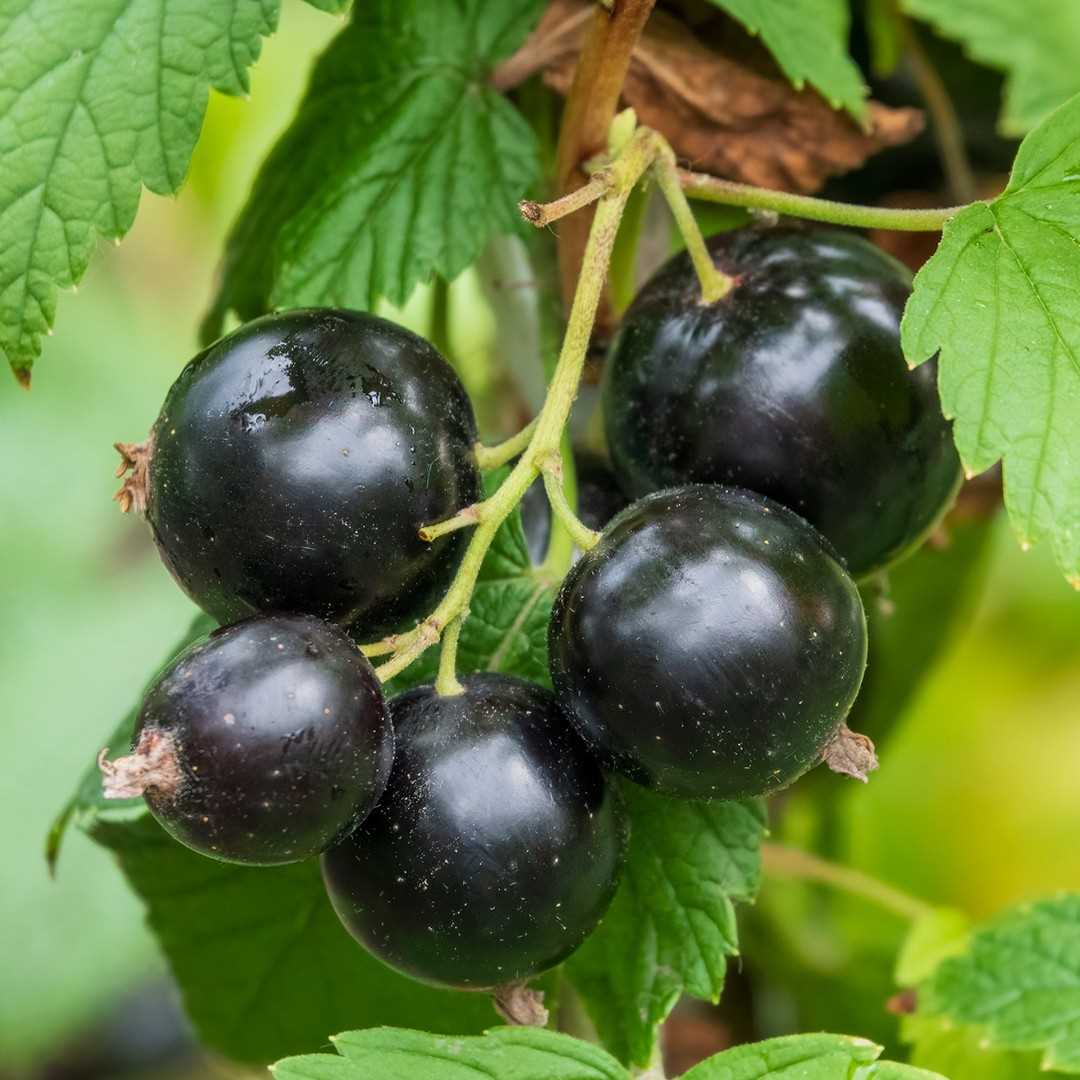

After the currant harvest is complete, it is important to replenish the nutrients in the soil. Apply a well-balanced fertiliser that contains essential macronutrients such as nitrogen, phosphorus, and potassium. This will help the plants recover from the energy expended during fruit production and prepare them for the following year’s crop.
Avoid Late Autumn Fertilisation
It is best to avoid applying fertilisers in late autumn as this can stimulate new growth that is vulnerable to frost damage. Late autumn is a time for the plants to naturally go dormant and store energy for the winter. Applying fertiliser during this period may disrupt this natural process and result in weaker plants that are more susceptible to cold temperatures.
By following these guidelines and applying fertiliser at the appropriate times, you can ensure that your currant bushes receive the necessary nutrients for healthy growth and bountiful harvests. Remember to always read and follow the instructions on the fertiliser packaging for best results.
Proper Application Techniques
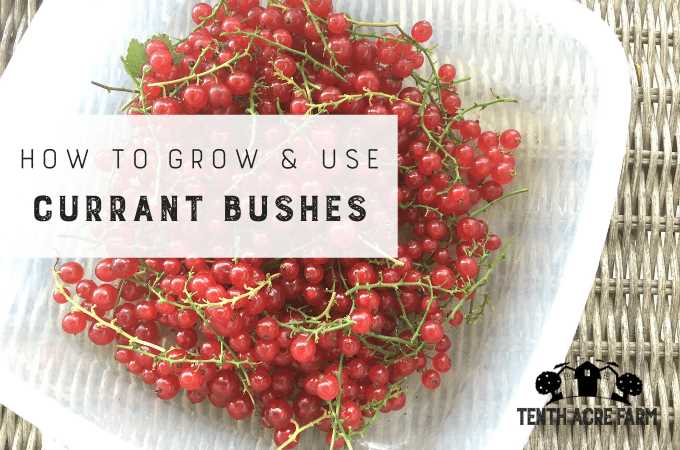

Applying fertilisers to currant plants is a straightforward process that requires careful attention to detail. Here are some proper application techniques to help boost your harvest:
1. Timing
It is important to apply fertilisers to currant plants at the right time. The best time to fertilise is in early spring before new growth starts, and again in early autumn after harvesting the fruits. This timing ensures that the plants receive the necessary nutrients to support their growth and development.
2. Measurement
When applying fertilisers, it is crucial to measure the correct amount. Follow the instructions on the fertiliser packaging to determine the appropriate dosage based on the size and age of your currant plants. Using too little fertiliser may not provide sufficient nutrients, while using too much can lead to nutrient imbalances and potential damage to the plants.
3. Spread evenly
After measuring the desired amount of fertiliser, spread it evenly around the base of each currant plant. Using a rake or hand tool, gently work the fertiliser into the top layer of soil. This will help ensure that the nutrients are distributed evenly, promoting consistent growth throughout the plant.
4. Watering
After applying the fertiliser, water the currant plants thoroughly. This will help dissolve the fertiliser and carry the nutrients down to the roots. Adequate watering is crucial to ensure that the nutrients are absorbed effectively by the plants.
5. Mulching
Consider adding a layer of organic mulch around each currant plant after fertilising. Mulch helps retain moisture in the soil and prevents weed growth, which can compete with the plants for nutrients. It also provides additional nutrients to the soil as it breaks down over time.
6. Repeat applications
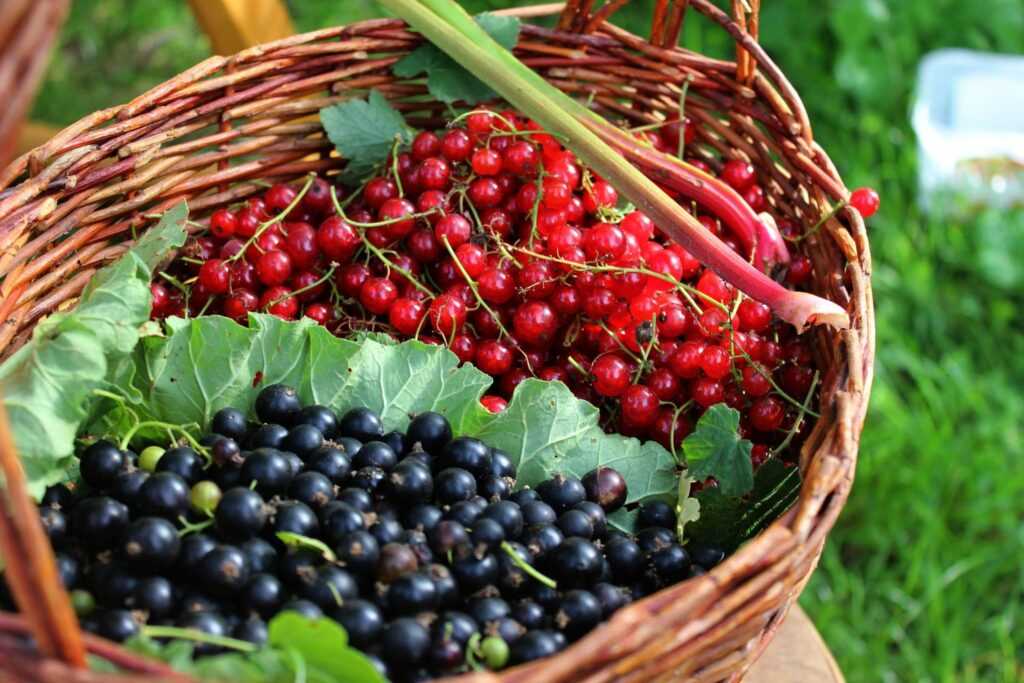

For best results, consider making multiple applications of fertiliser throughout the growing season. This can be done every 4-6 weeks, depending on the specific fertiliser product and the needs of your currant plants. Regular applications will help maintain a steady supply of nutrients and promote healthy growth.
Precautions and Safety Measures
- Always wear protective gloves and clothing when handling fertilizers to avoid skin irritation or chemical burns.
- Read and follow the instructions provided by the manufacturer regarding the application rate and timing of the fertilizer.
- Use caution when applying fertilizers near water sources, as excessive runoff can lead to water pollution.
- Avoid over-fertilization, as it can harm the plants and contaminate the soil.
- Keep fertilizers stored in a cool, dry place, out of reach of children and pets.
- Do not inhale the dust or fumes produced by fertilizers, as they can be harmful to your respiratory system.
- If accidental ingestion occurs, seek medical attention immediately and provide the healthcare professional with the fertilizer label or any other relevant information.
- Wash your hands thoroughly after handling fertilizers to remove any residue.
- Dispose of empty fertilizer containers properly, following the recommended disposal methods.
By following these precautions and safety measures, you can ensure the effective and safe use of fertilizers during the autumn fertilisation of currants.
Monitoring and Adjusting Fertiliser Application
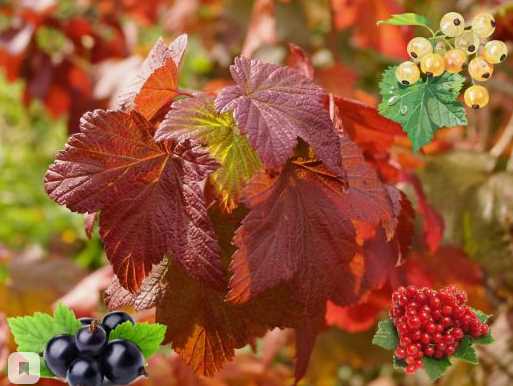

Monitoring the effectiveness of fertiliser application is crucial in ensuring the health and productivity of your currant plants. By regularly assessing the condition of your plants and making adjustments to the fertiliser application as needed, you can optimize the nutrient levels and promote optimal growth.
1. Visual Inspection
Regularly inspect your currant plants for signs of nutrient deficiency or excess. Look for yellowing or discoloration in the leaves, stunted growth, or wilting. These may indicate an imbalance in nutrient levels.
2. Soil Testing
Test the soil regularly to determine its nutrient composition. Soil testing kits or laboratory analysis can provide accurate information about the levels of nitrogen, phosphorus, potassium, and other essential nutrients in the soil. Based on the results, adjust the fertiliser application accordingly.
3. Adjusting Fertiliser Application
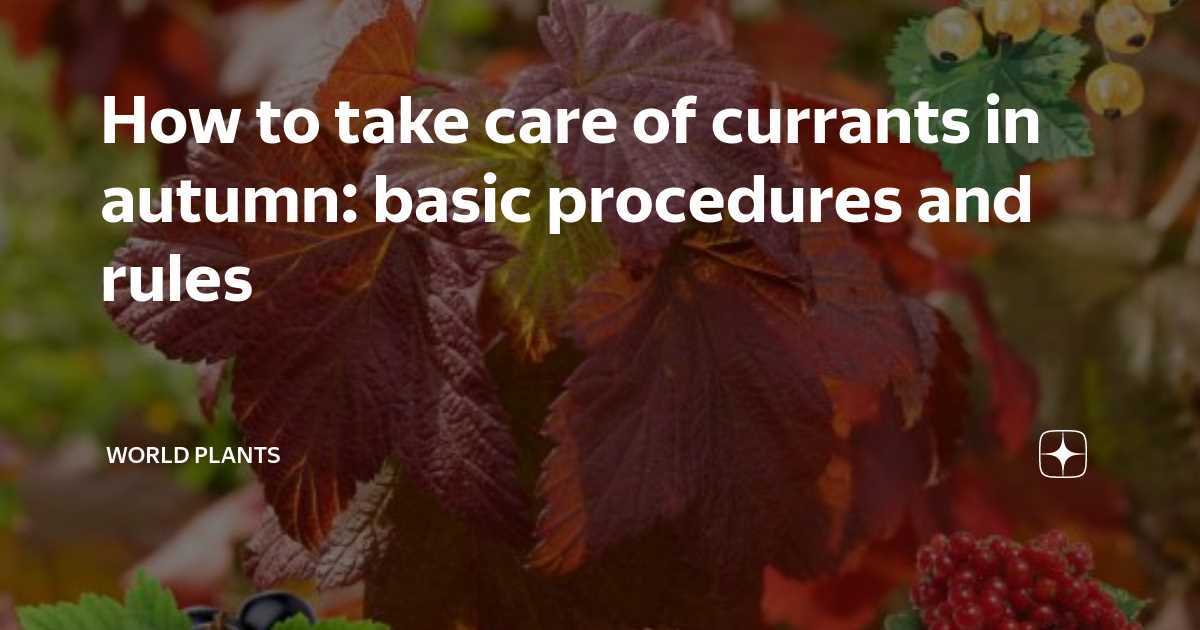

If nutrient deficiencies are detected, increase the amount of fertiliser being applied to the plants. However, if nutrient excess is identified, reduce the fertiliser application or switch to a different type of fertiliser with a different nutrient composition.
4. Timing
Consider the timing of fertiliser application. Applying fertiliser too late in the growing season may result in excessive vegetative growth, leaving the plants more susceptible to winter damage. Adjust the application schedule accordingly to ensure proper nutrient uptake and plant growth.
5. Watering
Proper watering is essential for efficient nutrient uptake. Avoid overwatering, as it can leach nutrients from the soil and cause nutrient imbalances. Adequate drainage is crucial to prevent waterlogging and nutrient loss. Adjust your watering practices as needed.
6. Keep Records
Maintain records of the fertiliser application and any adjustments made. This will help you track the effectiveness of different fertilisers and application rates over time. By keeping thorough records, you can make more informed decisions about fertiliser application in the future.
By closely monitoring and adjusting the fertiliser application, you can ensure that your currant plants receive the necessary nutrients for optimal growth and productivity. Regular inspection, soil testing, and making timely adjustments will help you maintain the health and vigour of your currant plants throughout the autumn season.
Maximising Harvest with Autumn Fertilisation
Autumn is a crucial time for gardeners to prepare their fruit-bearing plants for the upcoming winter and ensure a bountiful harvest in the following year. Currant bushes, in particular, greatly benefit from autumn fertilisation, which provides them with the necessary nutrients to develop healthy roots and strong shoots.
Here are some tips to maximise your currant harvest with autumn fertilisation:
- Choose the right fertiliser: Select a fertiliser that is specifically formulated for fruit-bearing plants, ensuring it contains essential nutrients such as nitrogen, phosphorus, and potassium. These nutrients will help the currant bushes establish a robust root system and promote flower bud development.
- Apply fertiliser at the right time: Autumn fertilisation should be done after the harvest season and before the first frost. This allows the bushes to absorb the nutrients and use them to strengthen their structure during the winter dormancy period.
- Spread fertiliser evenly: To ensure that all parts of the currant bushes receive adequate nutrients, it’s important to spread the fertiliser evenly around the base of each plant. Avoid piling the fertiliser directly against the trunk, as it may lead to root burn.
- Water thoroughly: After applying the fertiliser, water the plants thoroughly to help dissolve and distribute the nutrients in the soil. Adequate watering also helps prevent the fertiliser from burning the roots of the currant bushes.
- Monitor and adjust: Keep an eye on the condition of your currant bushes throughout the winter. If you notice any signs of nutrient deficiency, such as yellowing leaves or stunted growth, consider applying a small amount of additional fertiliser to address the issue.
By providing your currant bushes with the necessary nutrients in autumn, you can ensure they have a strong foundation to produce an abundant harvest in the following year. Remember to follow the instructions on the fertiliser packaging and consult with a gardening expert if you have any specific concerns or questions.
Question-answer:
When is the best time to fertilize currants in autumn?
The best time to fertilize currants in autumn is after the leaves have fallen, typically in late October or early November.
What type of fertilizer should I use for currants?
For currants, it is recommended to use a balanced fertilizer with a ratio of nitrogen, phosphorus, and potassium, such as a 10-10-10 or 14-14-14 fertilizer.
How much fertilizer should I apply to currants?
The amount of fertilizer to apply to currants depends on the size of the plant. As a general guideline, you can apply about 1/4 to 1/2 cup of fertilizer per plant.
Why is autumn fertilization important for currants?
Autumn fertilization is important for currants because it helps to replenish the nutrients in the soil that the plants have used up during the growing season. It also provides them with essential nutrients for next year’s growth and fruit production.
Can I use organic fertilizers for my currants?
Yes, you can use organic fertilizers for your currants. Organic options include compost, well-rotted manure, and bone meal, which provide a slow release of nutrients and help improve the soil structure.
What are the signs of nutrient deficiency in currant plants?
Signs of nutrient deficiency in currant plants include yellowing or stunted growth of leaves, reduced fruit production, and overall poor plant health. A soil test can help identify specific nutrient deficiencies.
Is it necessary to fertilize currants every year?
While it is not necessary to fertilize currants every year, it is generally recommended to do so to ensure optimal plant health and fruit production. Fertilizing every year helps maintain a consistent supply of nutrients in the soil.







